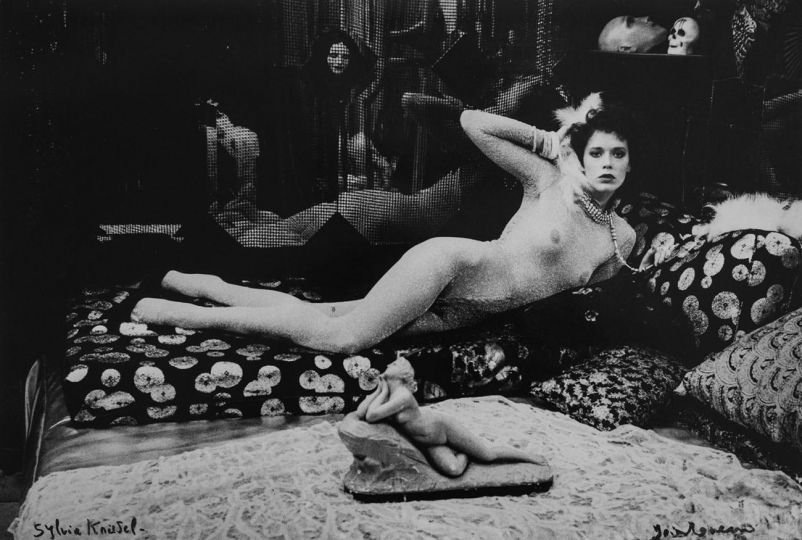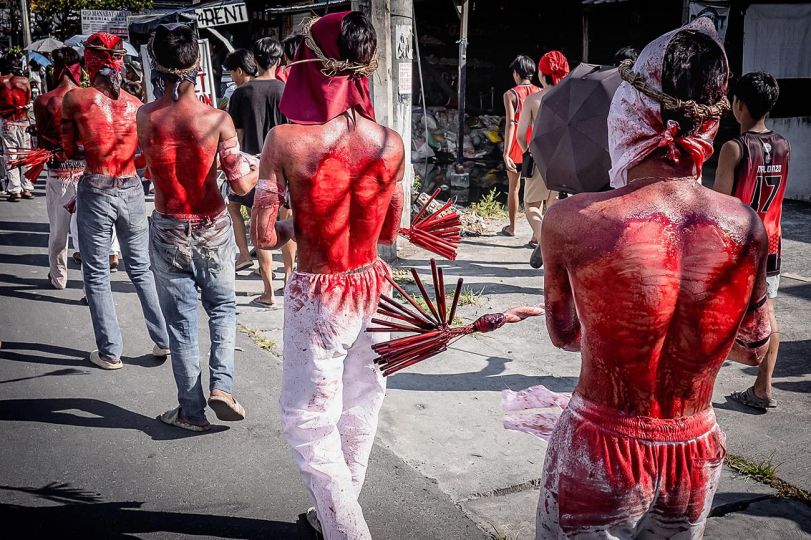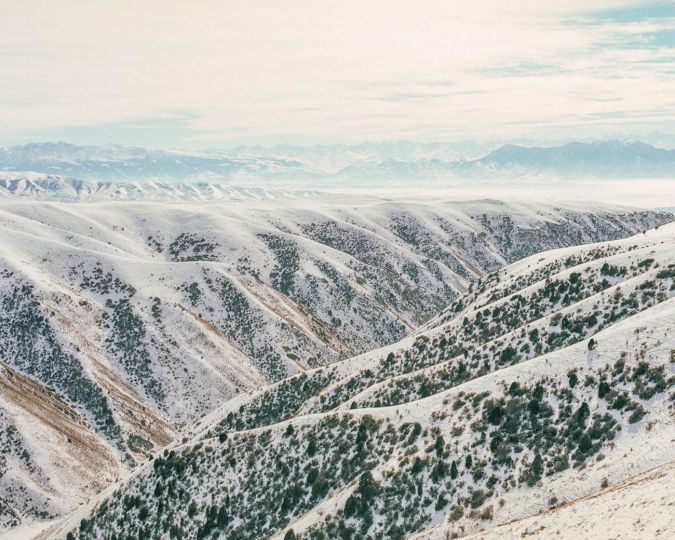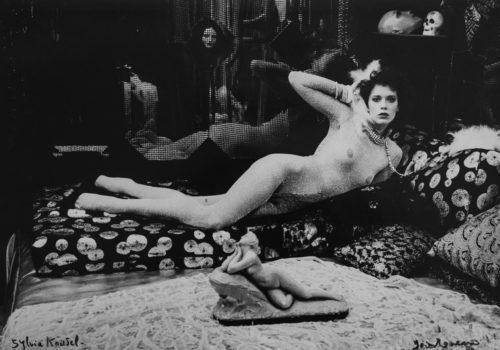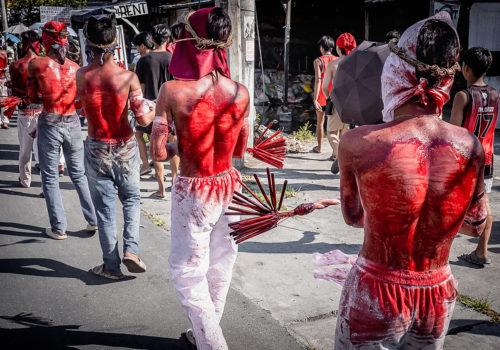It’s a truly surrealistic landscape that could have been created by Salvador Dalí or André Breton, a myth recreated live before your eyes in the crystal-clear waters of a blue lagoon formed by a spring so deep that they say its source has never been found.
Seven beautiful creatures, with the head and upper body of a woman and the tail of a fish, swim in front of the glass windows of an underwater theater, performing their version of Hans Christian Andersen’s “The Little Mermaid.”
The vision of mermaids dancing in the turquoise waters, surrounded by fish and turtles swirling around them, provokes a hypnotic effect in which logical thought returns to a primordial state, and symbols and legends rule the mind.
In Florida’s Gulf Coast, about an hour north of Tampa, the mermaids keep singing the same song that long ago seduced Ulysses, and Jason and the Argonauts on their mythical voyages. Not only do they sing, but they dance as well in an underwater coreographed ballet that has attracted visitors to Weeki Wachee for over 60 years.
This fantastic place, known as Weeki Wachee Springs State Park, is one of those old Florida roadside attractions from the 1940s still operating and offering three Mermaid Shows per day.
The Seminole Indians called the site Weeki Wachee or “Little Spring.” The largest collection of Spanish artifacts in North America was located here in 1970, as well as burial mounds of the Timucua, the Indian tribe believed to be first to make contact with the Spaniards in Florida.
The Timucua believed that “Yayjaba created the world, first the Spirit of Water… Then he created the swimmers that would live on the bottom of the waters –there they would always live, feed and help to hold the land from sliding further into the waters.”
A more modern myth began when Newton Perry conceived Weeki Wachee as a roadside attraction, in 1946. Out of an abandoned spring, Perry built an 18-seat theater six feet below the surface, and trained local high-school girls that he called “Aqua Belles”, to swim and breath underwater using a clever network of air hoses.
Newt, as he was called, opened his first show the next year, and tricked everybody by developing a series of underwater domestic scenes that he shot and sent to newspapers and magazines.
So clear was the water in the photos Perry sent to the media that, at first, editors did not believe they were real. Only when they saw the bubbles coming out of the mouths of the performers were they convinced the scenes were shot underwater. Many of the actual visitors to the old live show thought the same, that it was some kind of trick.
Thousands of people went to see the Weeki Wachee mermaids drinking soda, eating bananas or cooking hotdogs, all below the spring’s surface. They also performed synchronized ballet moves in the style of Esther Williams.
The attraction was so successful that by the 1960s half a million people visited Weeki Wachee every year, including celebrities such as Elvis Presley and Howard Hughes. By this time, ABC had bought the spring and built the current theater, which seats 400 and is 16 feet below the surface, and had developed elaborate underwater shows such as Alice in Wonderland, The Wizard of Oz and Peter Pan.
At least three photography books — “Weeki Wachee City of Mermaids,” “Weeki Wachee Mermaids” and “Weeki Wachee Springs” — have documented the history and evolution of this famous park. The reprinted vintage photographs on the books have an old-time charm difficult to resist, attesting to the witty and eccentric creative vein of old Florida roadside attractions.
The underwater shows opened a new door in people’s imagination. Hollywood came running to shoot movies such as “Mr. Peabody and the Mermaid” (1948), starring William Powell and Ann Blyth as the mermaid, which can be considered a prequel to the more modern “Splash” (1984), with Daryl Hannah.
The mermaid shows produced a chain reaction of related events as well, and jump-started the development of underwater photo and movie cameras. Photographer Bruce Mozert, who in 1938 traveled to Silver Springs to take pictures of Johnny Weissmuller, who was shooting there “Tarzan Finds a Son,” gives credit to Newt as “the forerunner in underwater photography.”
When photographer Eric Kroll and I visited Mozert’s studio in April 2013, we saw the first rudimentary boxes he used to enclose his cameras. Mozert, who is 96 years old, recalled stories of his friend and Weeki Wachee mermaid trainer and filmmaker Ricou Browning. Ricou doubled as the monster in the classic sci-fi film”Creature of the Black Lagoon” (1954), produced the movie “Flipper” (1963), and shot and choreographed the underwater battle of the James Bond film “Thunderball” (1965).
The allure of mermaids is obviously rooted in myths common to mankind. Mermaids have provoked a powerful attraction in people since ancient times for their legendary beauty and honeyed voices. Initially described in Greek mythology as half bird – half woman, the mermaids are creatures that lure sailors into a trance with their voices to shipwreck on the rocky coast of their Mediterranean island.
The earliest literary description of mermaids or sirens goes back to the “Odyssey,” Homer’s follow-up epic poem to the “Iliad,” where he recounts Ulysses ten-year long voyage back home to Ithaca after the Trojan War.
The legendary song of the mermaids, a hard to resist temptation that when followed has tragic consequences, probably symbolizes the power of delusions that turn a man away from his right path. In the case of Ulysses however, the words of the sirens entice him by offering to let him know if, after his death, he would be regarded as a Trojan War hero. In ancient Greek literature, honor was the most sought-after quality.
These mythological stories have also compelled people to cometo Weeki Wachee from all over the world to become a mermaid, which requires good swiming abilities and a long training. If you cannot make it as a pro, the park actually offers one-week-long Mermaid Camps for children and adults, where they teach you the basic ballet moves the mermaids perform in the shows.
In Weeki Wachee, where the Mayor of this small city is appropiatedly a former mermaid, you don’t have to plug your ears with beewax like Ulysses did to his mates to avoid the captivating music of the sirens. Just enjoy the beautiful performance of creatures that you thought never existed, take pictures of them or with them, and swim and dive in the timeless waters of the lagoon.
Ancient Greeks, Native American tribes and Spanish Conquistadors all seem to have been searching for a sorority of mermaids you can still see for yourself.
After all, Weeki Wachee could very well be the Fountain of Youth that Spanish Conquistador Ponce de León was after when he first set foot on Florida, exactly five centuries ago, in the year of 1513.
Text by Javier de Pison



